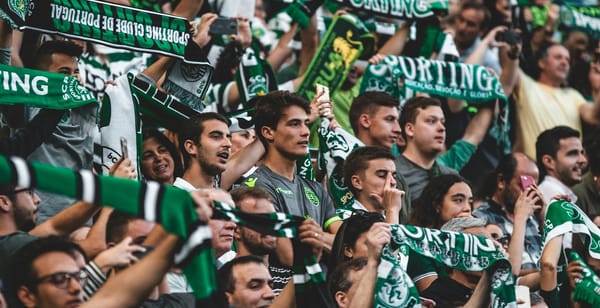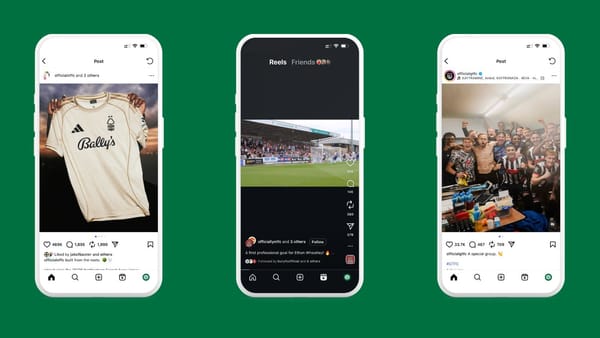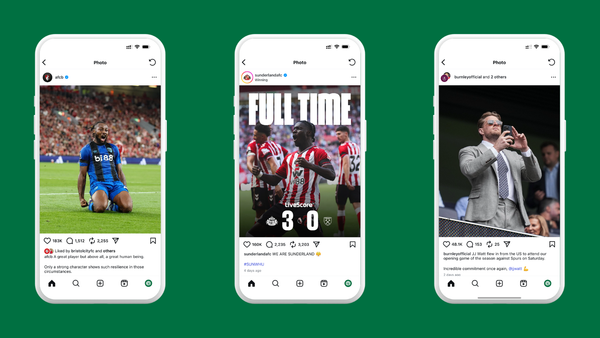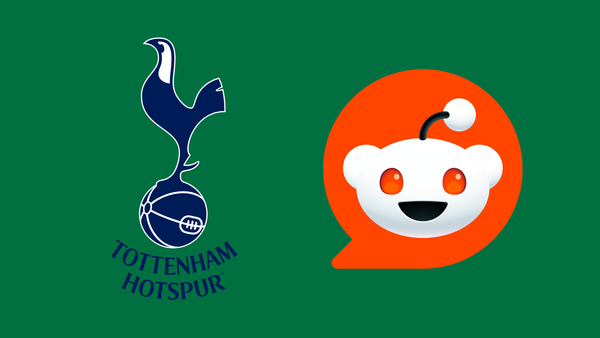Ideas for your Instagram profile
Clubs use their Instagram profiles in all manner of different ways. Here's a round-up of some of the more interesting ones.
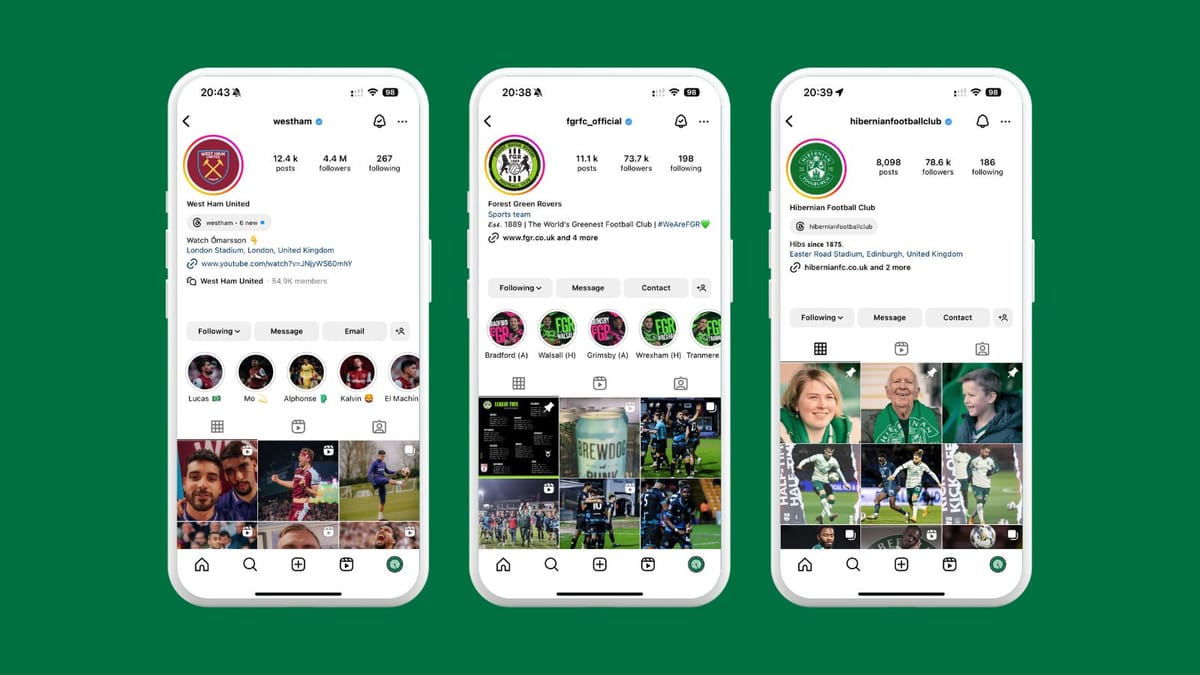
In this year's State of Football Social Media report, 87% of teams ranked Instagram as either 'very important' or 'somewhat important' to their marketing. Most respondents to the survey said their team had a profile there, it remains one of the most popular platforms alongside Facebook and X.
None of this is a huge surprise.
Instagram's ability to display photos and videos, as well as copying popular formats like Stories (from Snapchat) and Reels (from TikTok), means that it's the only social network that works with most formats. The only exception is text-based posts, which are usually in the minority for teams anyway.
For this week's newsletter, I've been through club profiles to see how they're using them. Teams are optimising their profiles in all sorts of different ways. Plenty of teams aren't using a lot of the features I've highlighted below, so if you're one of them it may just give you some inspiration for making changes.
The first thing to make sure of is that you've turned your account into a business one. This opens up additional options for your profile, such as the ability to tag products and link it to a shop. Great for kit promotions.
The Instagram bio
Your profile is the gateway to your team. First impressions are important, so as well as making sure it looks tidy you also need to signpost fans and followers to key messages and content. Your club's bio is perfect for this.
You get 150 characters to introduce yourself. Ideally you should mention who you are, but it's also a good idea to highlight all the other sides to the club.
In Everton's bio they've listed four other Instagram accounts fans can follow: Everton Women, Everton in the Community, their USA-focused account, and the account for their upcoming new stadium.
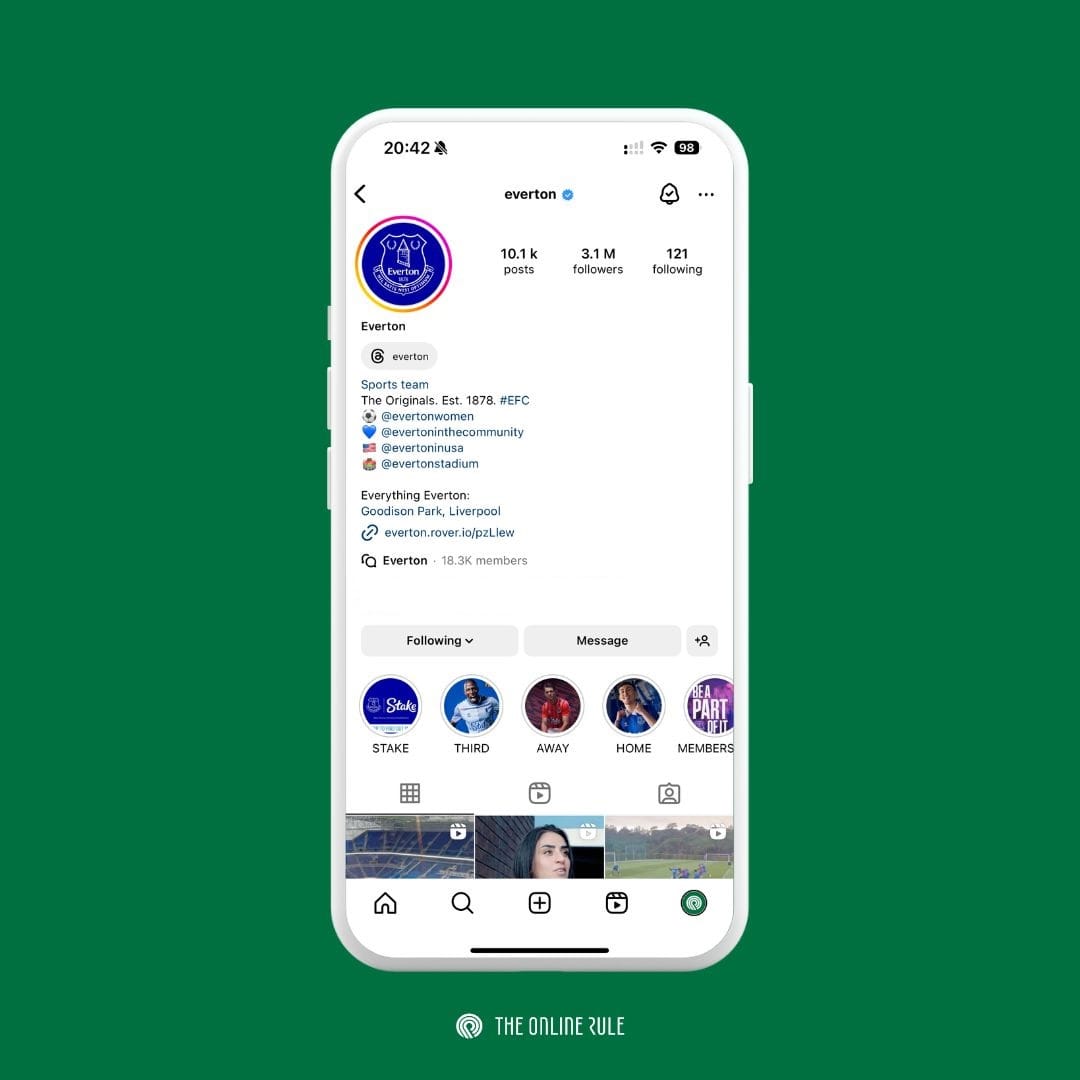
This acts like a digital directory of accounts on the platform. Each one turns into a link that fans can tap on to visit and follow. It's a great use of the club's main account, as people may not be aware of everything else you're up to.
But you can also change it as often as you like, so it's also a useful place to direct people to whatever your main promotion is at the moment. In West Ham's case they're pushing a documentary they've published on YouTube.
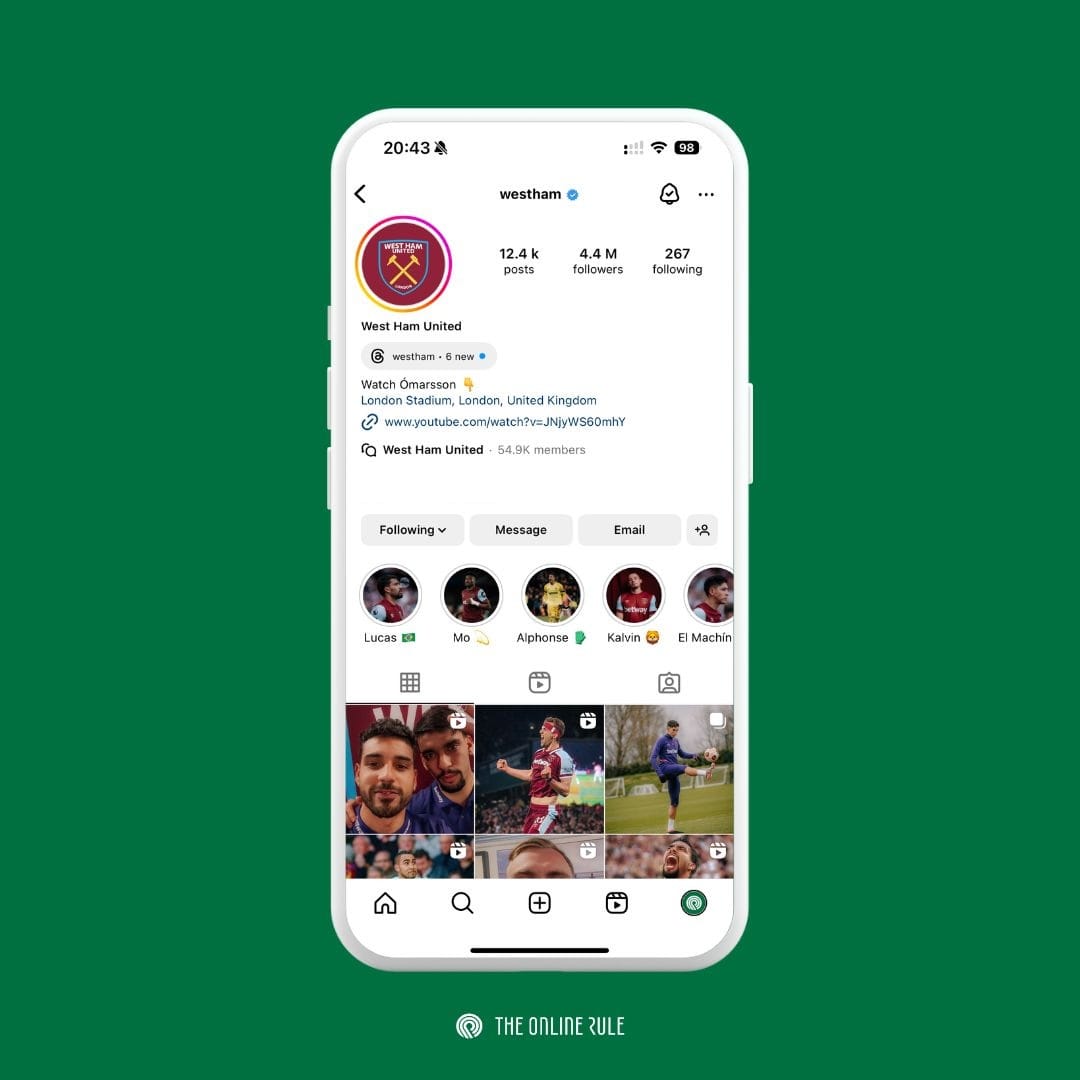
They've updated their bio and added an emoji to draw your eye down to the link underneath. It's slightly ruined by the address being in between (a feature of business accounts), but it works.
With this approach you can only promote one link on your profile at any time. Otherwise you can have up to five separate ones, as evidenced by Blackburn below.
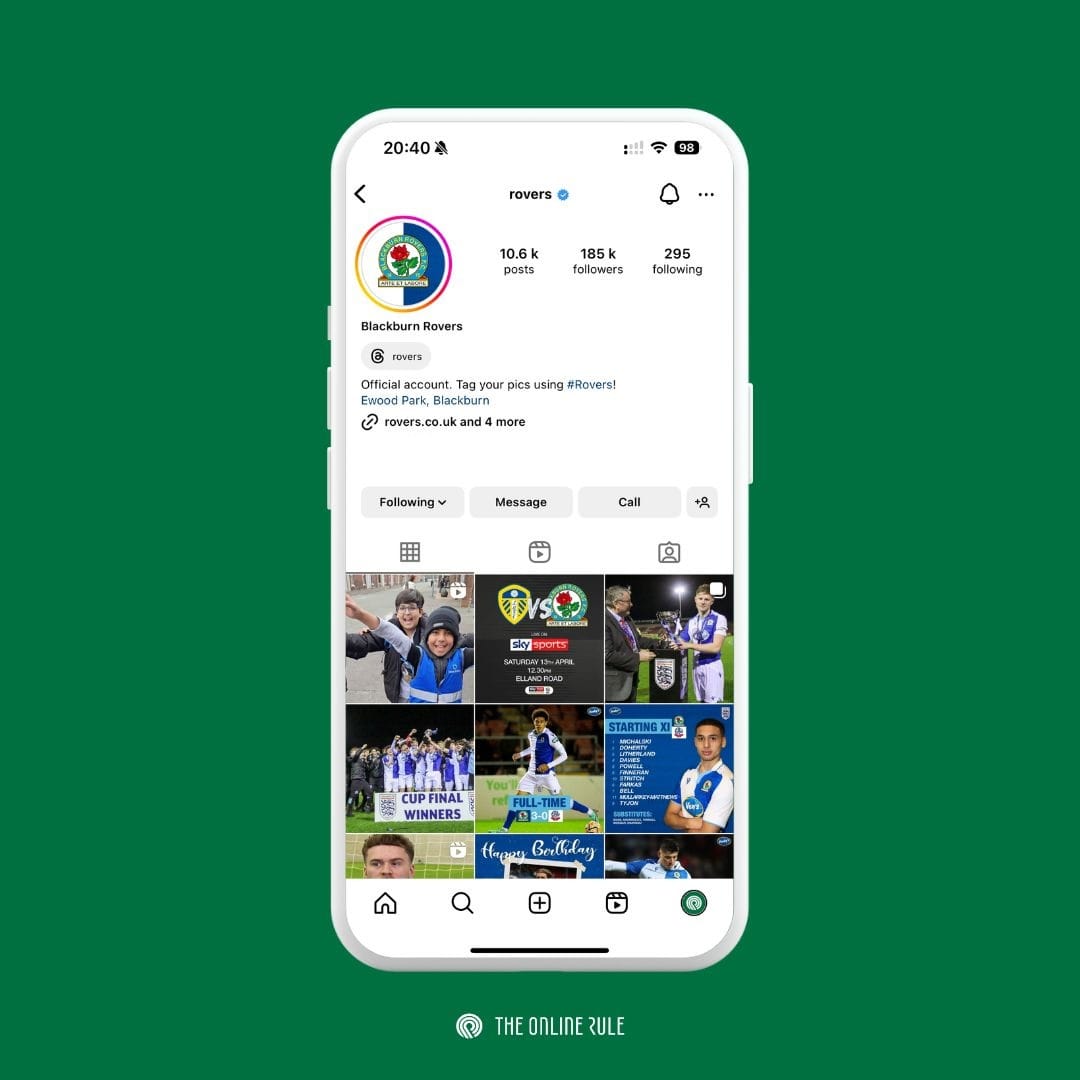
Tapping this link opens up a pop-up that allows fans to choose between your current links.
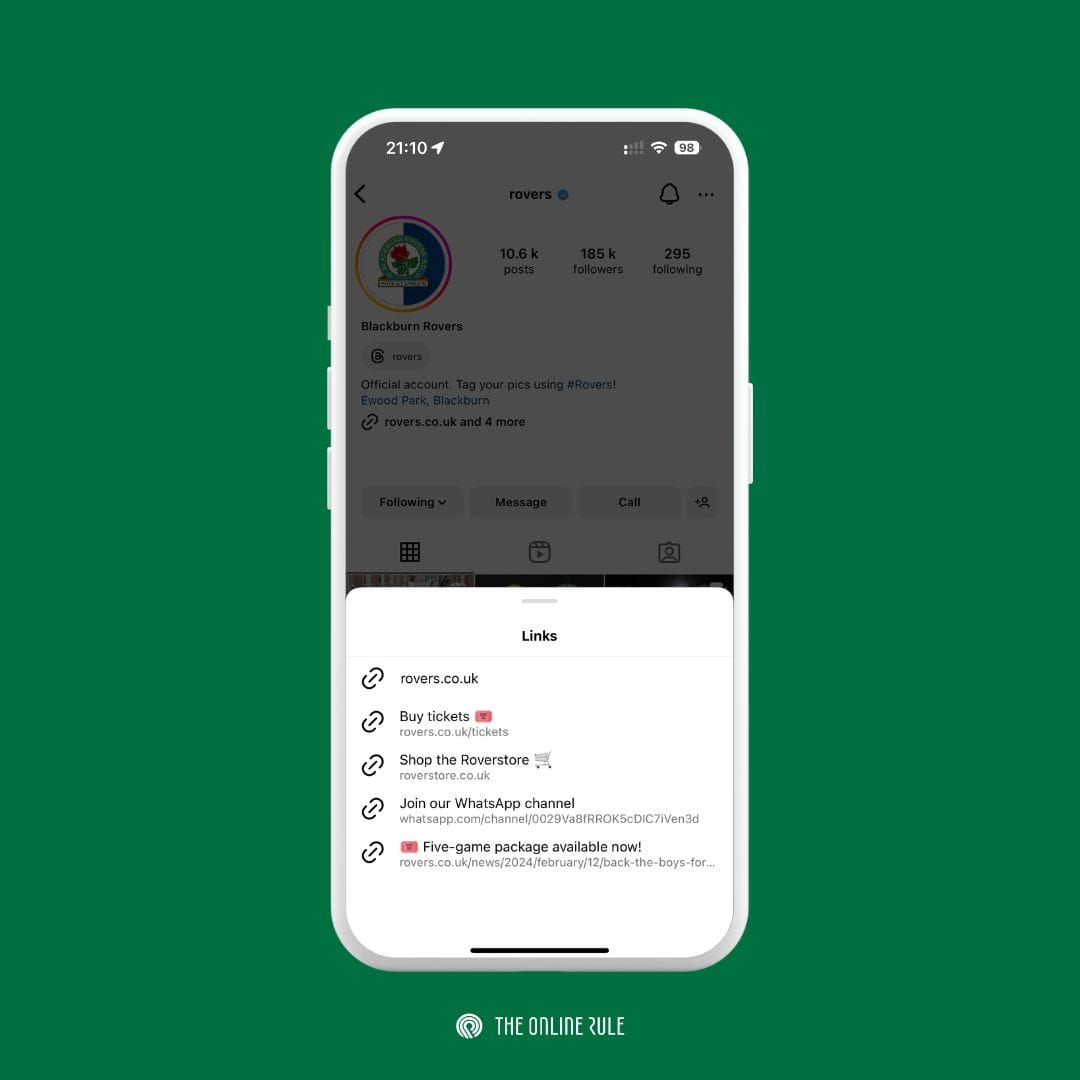
If you don't want to use a third-party service like Linktree then this is the best solution.
Telling Stories
If you're on Instagram, you're probably publishing Stories. These appear at the top of peoples' feeds, or can be accessed by tapping on your profile image, and last 24 hours.
To avoid these from disappearing for good after that time you can add them to your highlights. These then sit permanently above your profile grid. You can even customise the thumbnail for them.
The most common use is to make highlights of Stories from certain fixtures, as Forest Green Rovers and Mansfield have done (click the image to make it bigger).
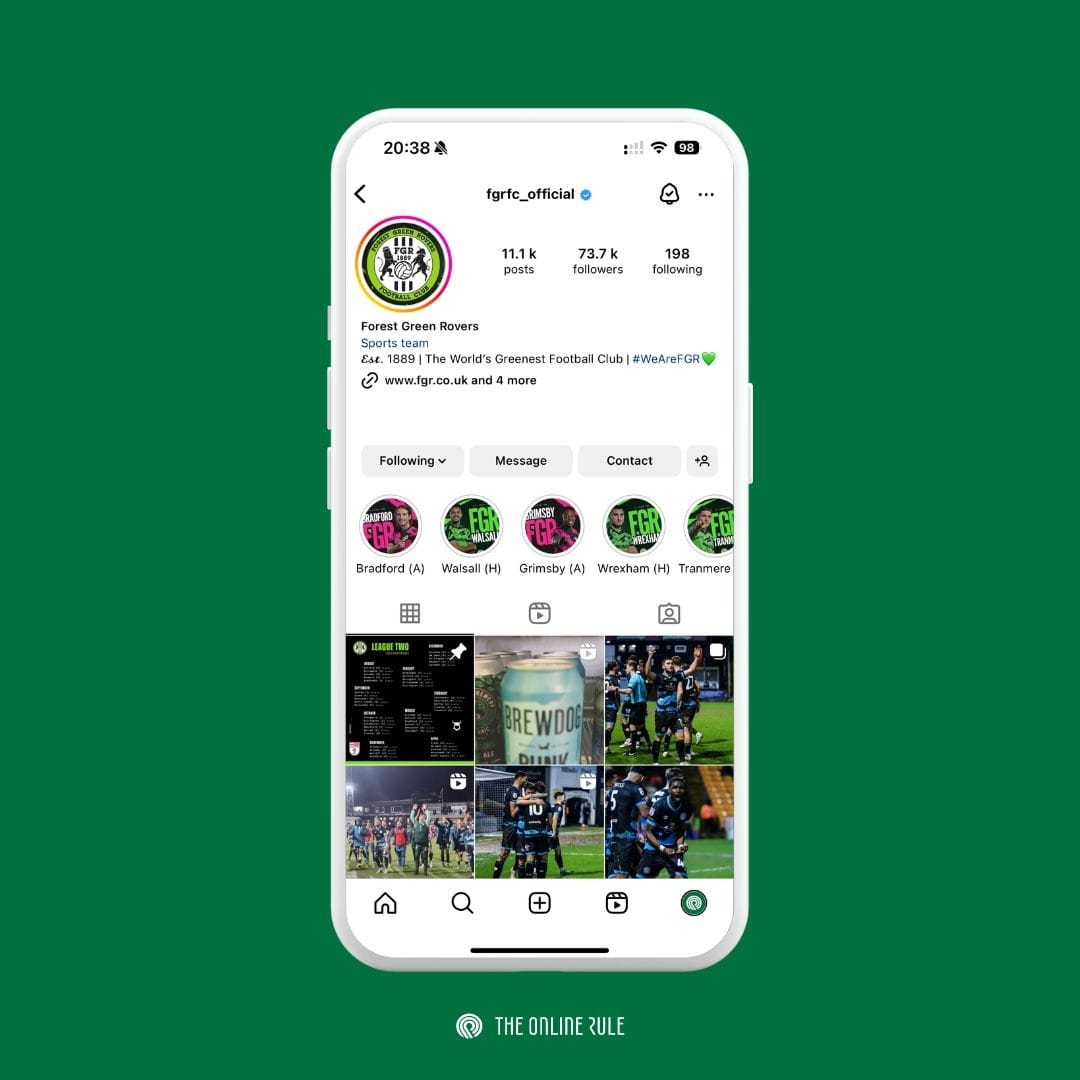
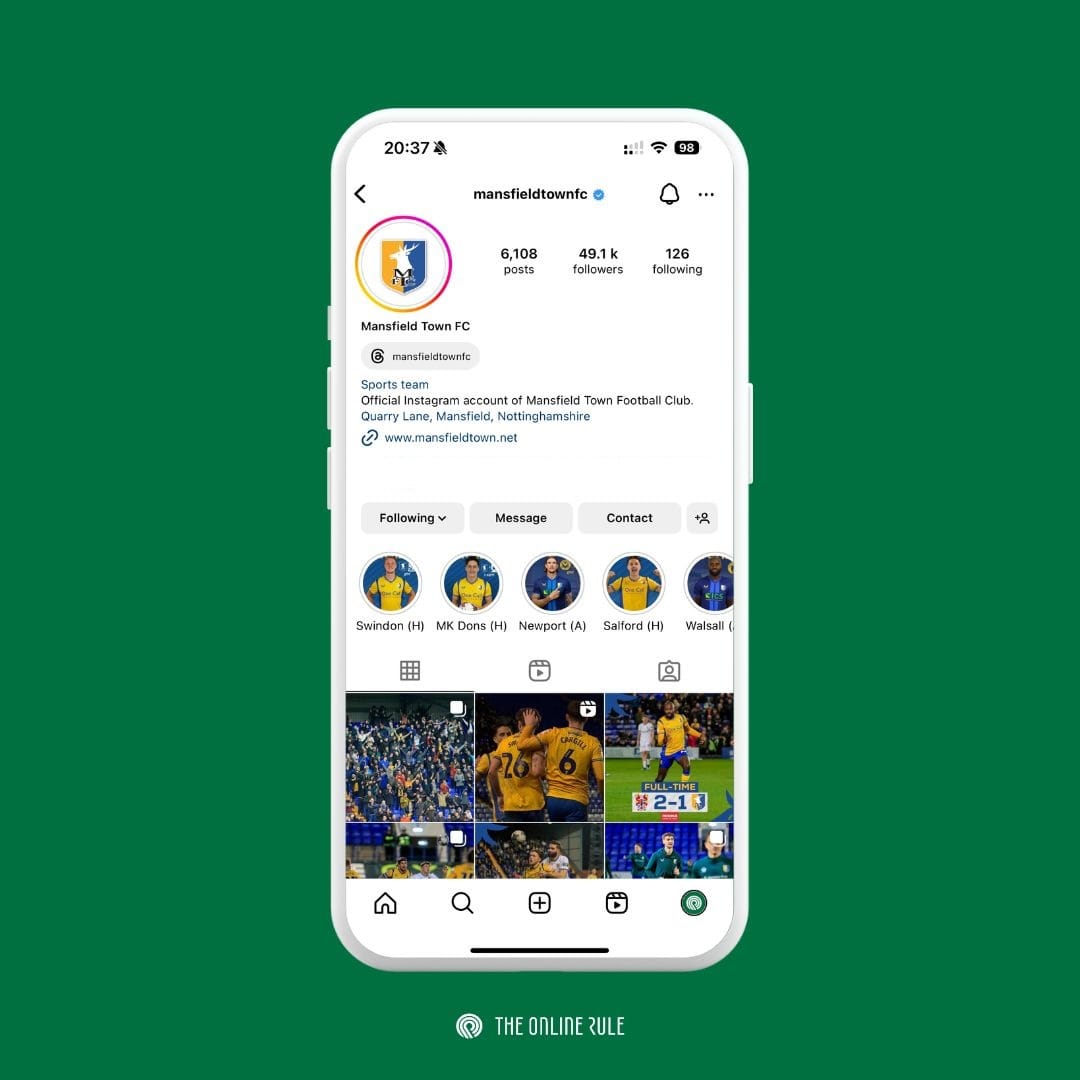
These ensure the work you've put into graphics doesn't disappear. And they tell a story of the season so far, so fans can relive fixtures as they happened.
There are other ways of grouping your stories, however. Fleetwood Town do them by month, for example.
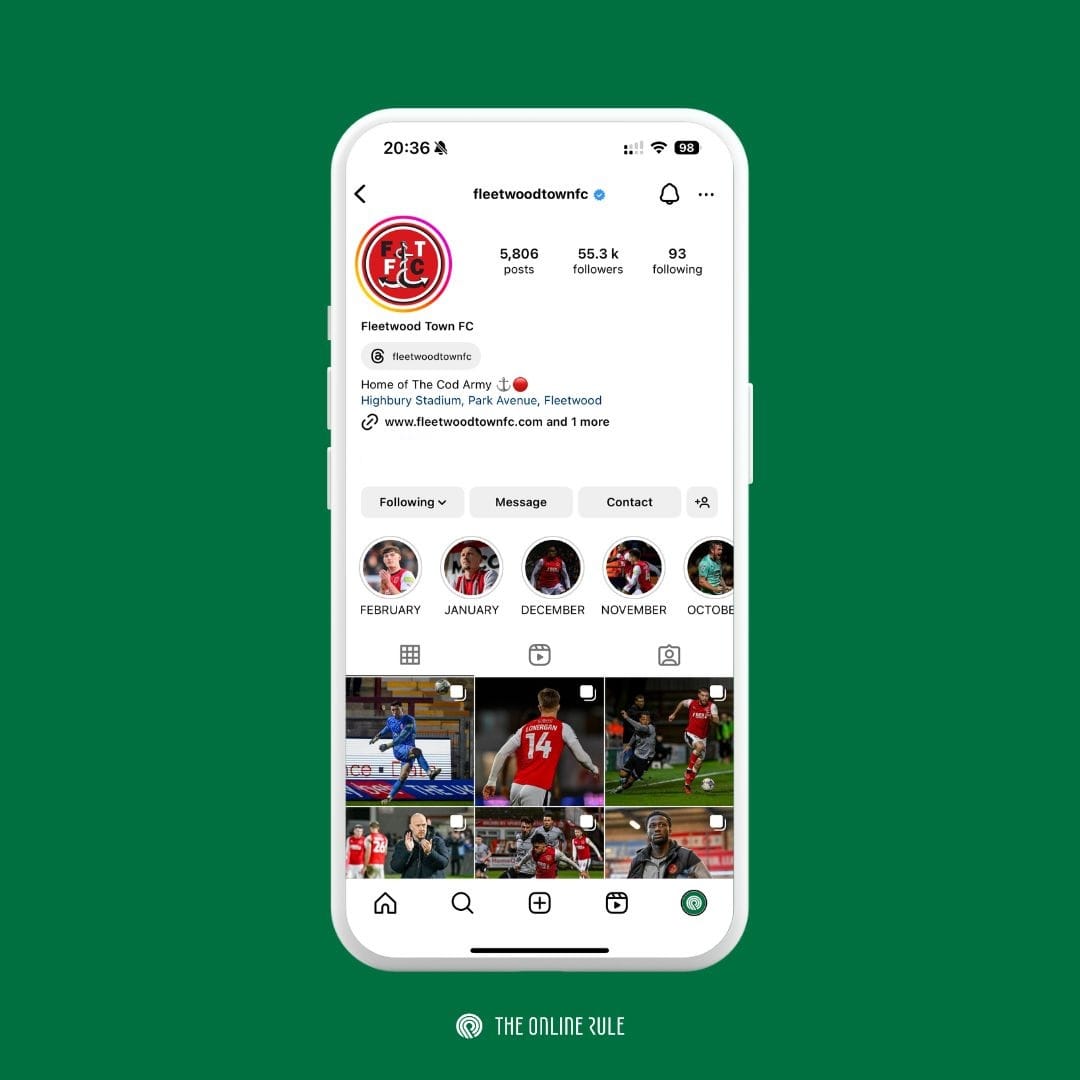
And Chelsea Women focus them around events and campaigns.

One method, used by New York Red Bulls and West Ham, is to group Stories based on the players who are in them.
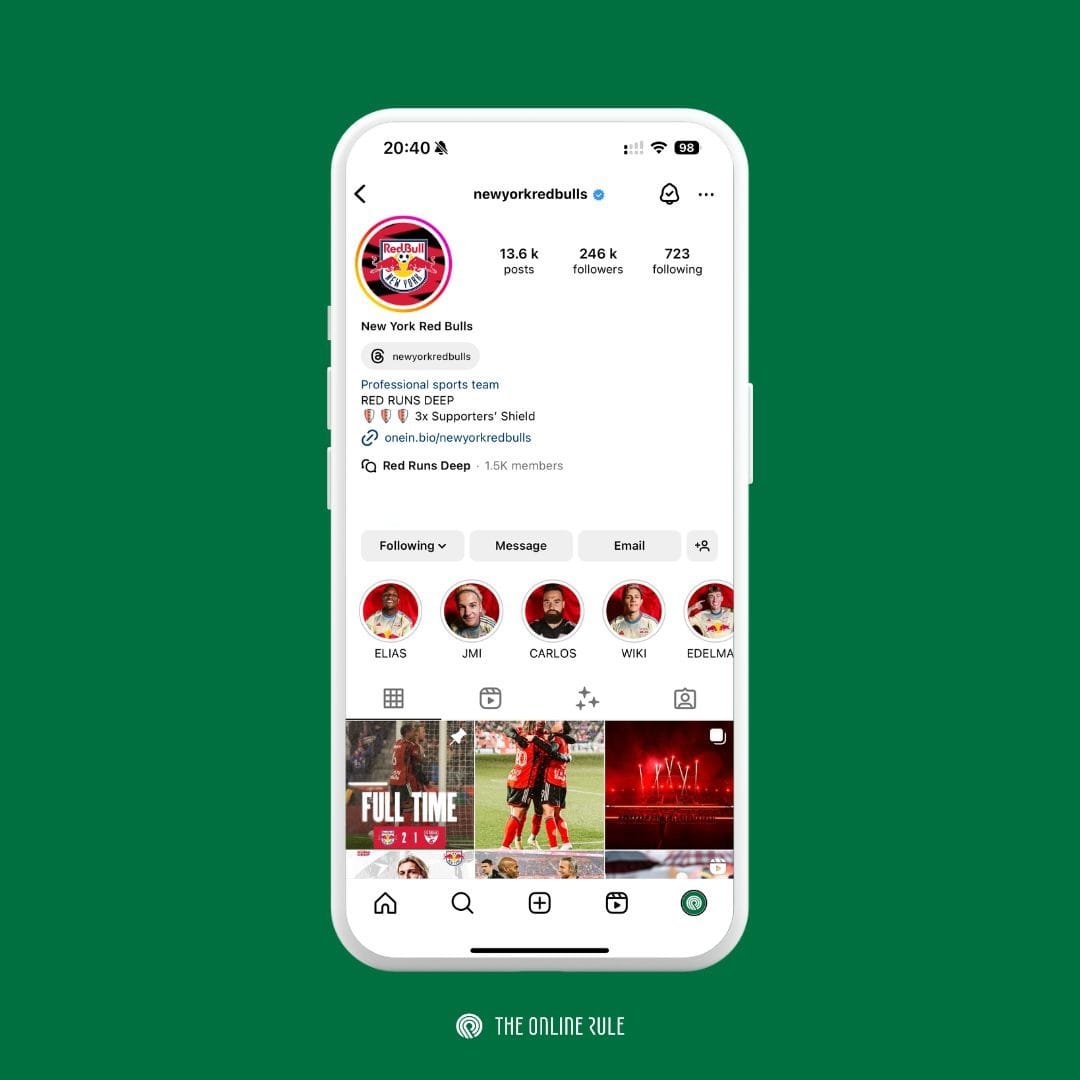
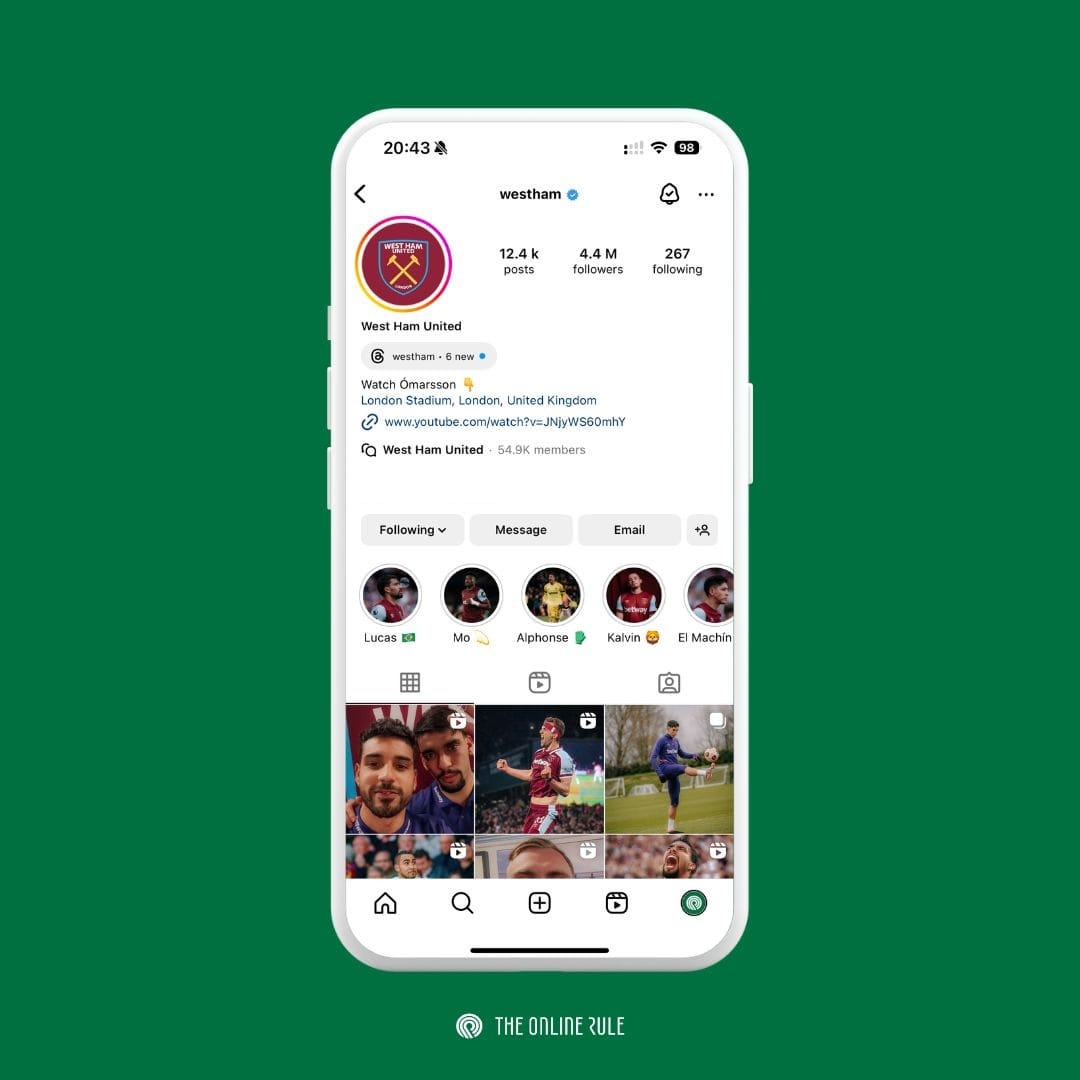
With this approach fans of certain players can quickly access the relevant content on your profile. Good luck figuring out the right order to feature them if you aren't going alphabetical.
One final approach is that of Bristol City. They've got one highlight showing fixtures for the current season.
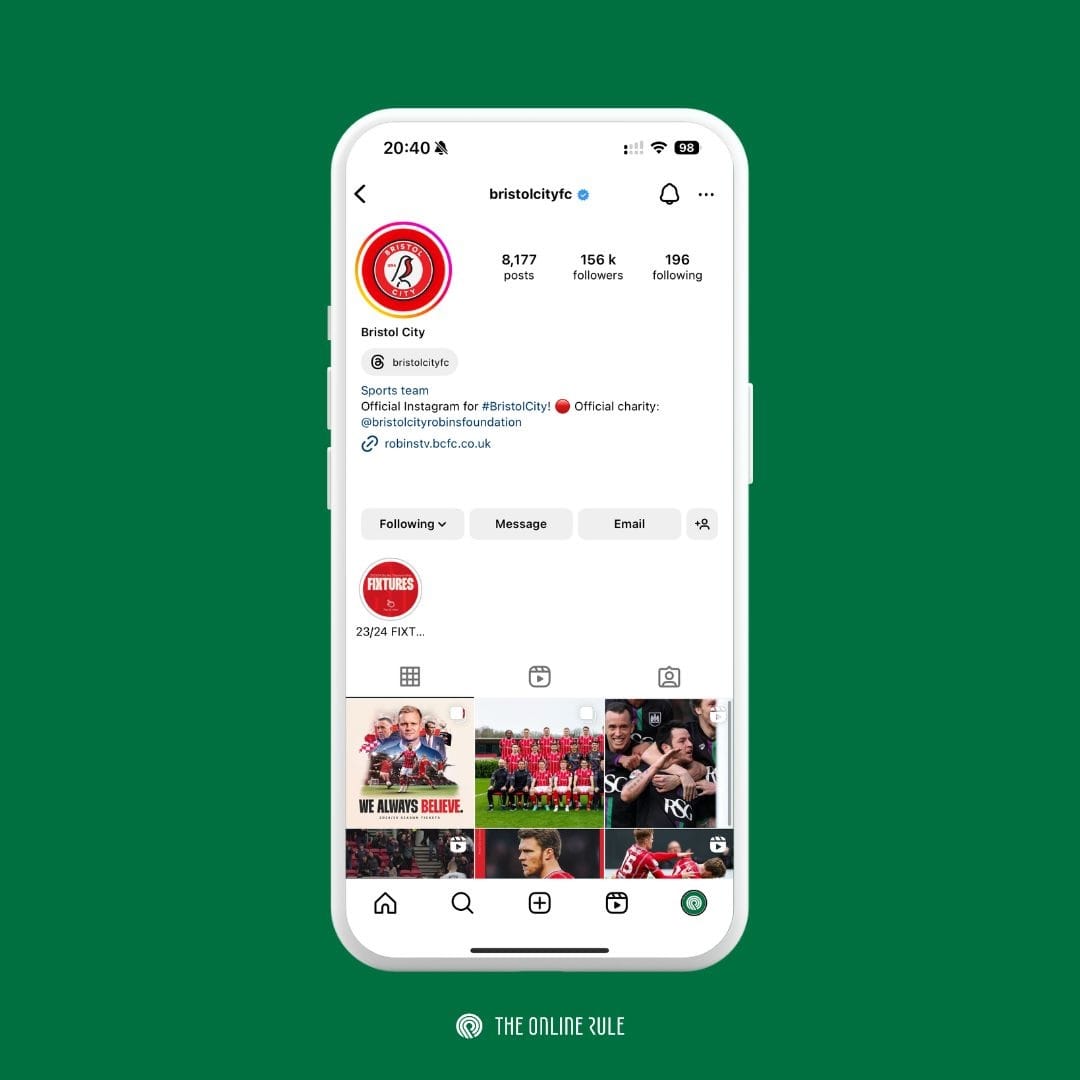
It's minimal, but it does give quick access to something fans tend to look for often.
Pinned posts
The final thing to look at on profiles is the posts you're pinning to the top of your grid.
You can pin up to three posts at the top of your profile. To do this, post a picture and tap the three dots in the top right of them. You'll see the option to pin that post.
In Stenhousemuir's case, they've used this to highlight their fixtures over a three month period (it's outdated now, but I'm sure they'll be on it soon).
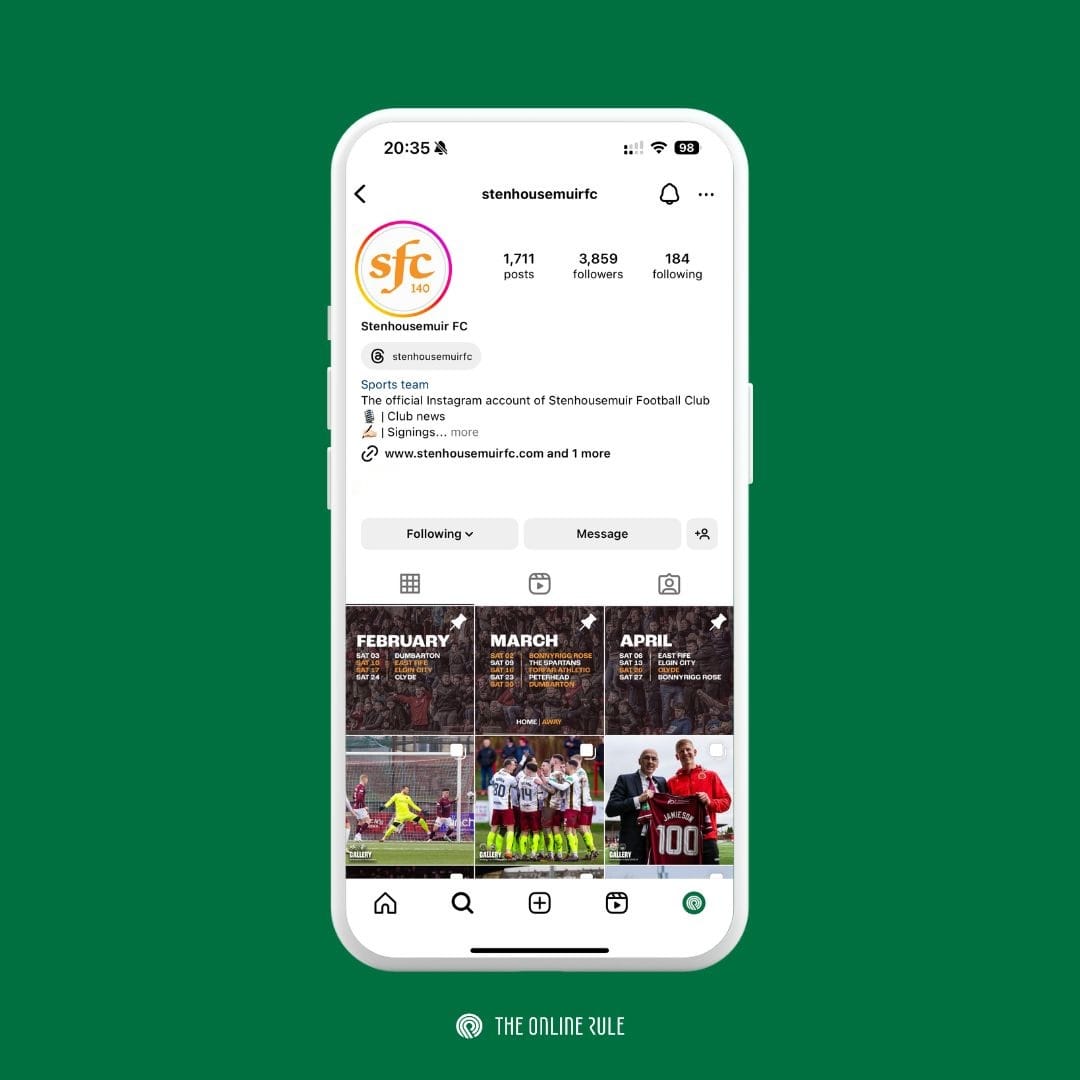
Like the Bristol City example above, this gives visitors quick access to useful information. And it's likely that this is information they're looking for regularly.
In the case of Hibs, they've pinned three posts from their recently launched season ticket campaign for next season.
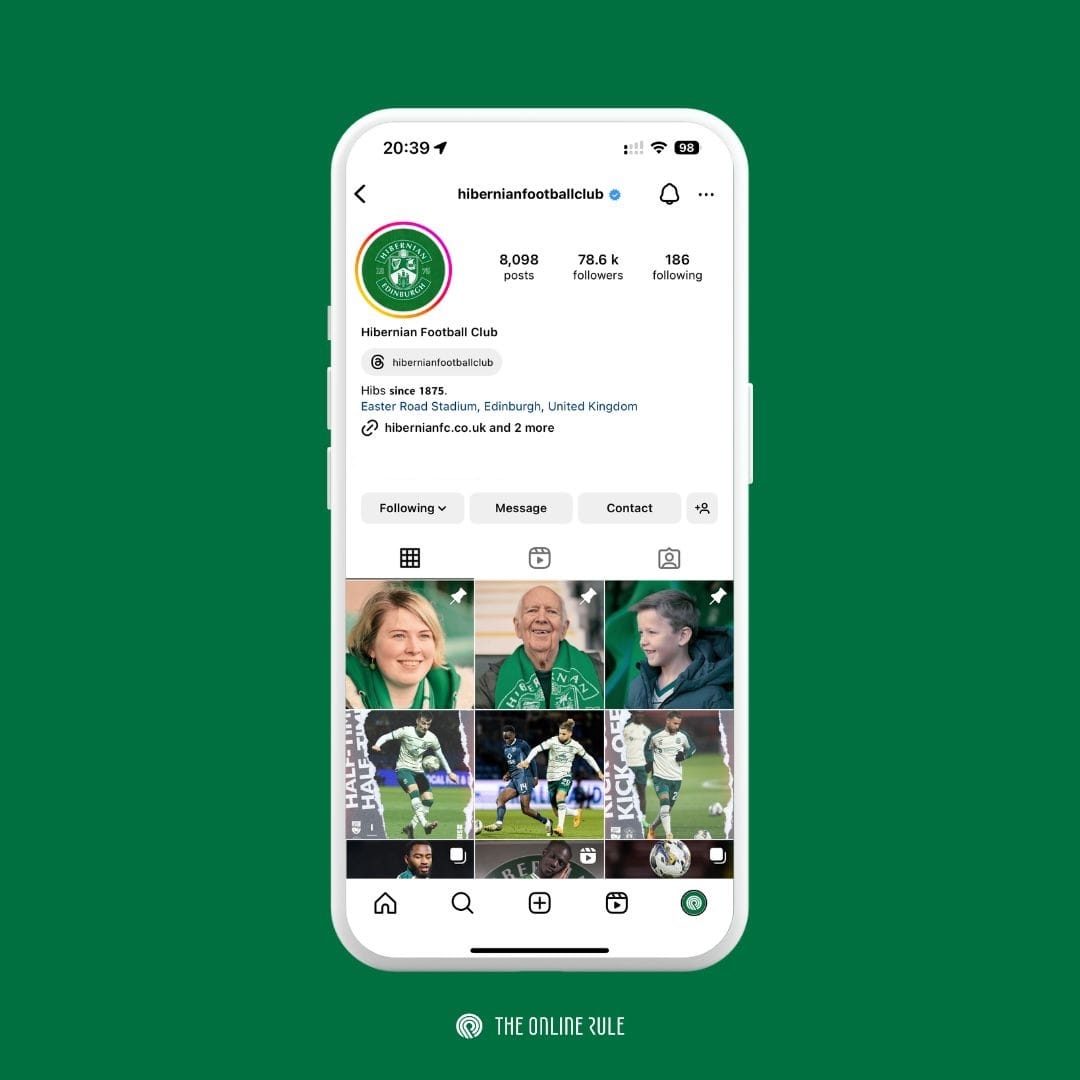
On a separate note, this is a brilliantly executed campaign. Each of the videos features a separate fan - covering fans from all walks of life - talking about their memories of the club and what supporting the team means to them. They're great examples of fan-first content.
Take the opportunity this week to look at how you're using your Instagram profile. Can you add links to your bio to direct people to your other accounts? Or can you highlight specific posts that push your current marketing campaigns?


